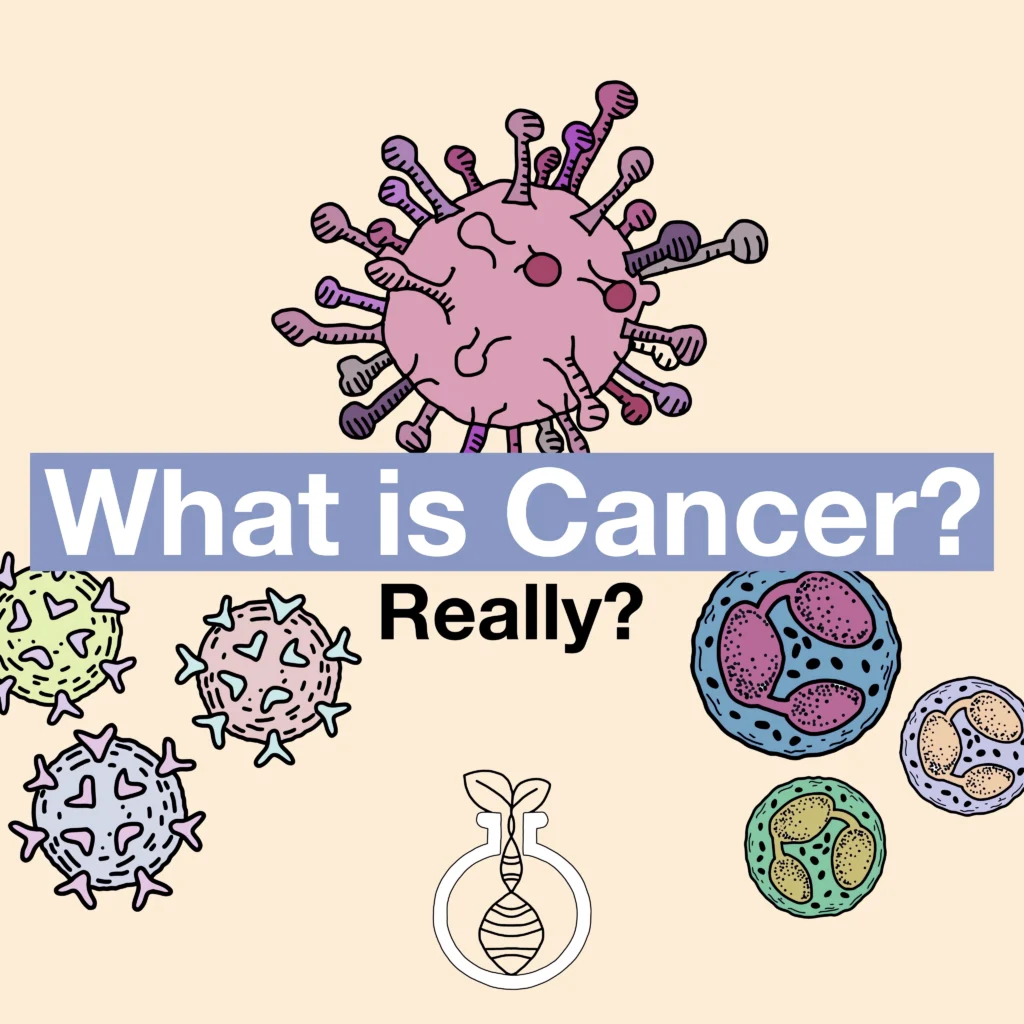From the pattern on a butterfly’s wing to the speed of a cheetah in full sprint, there’s a mysterious force behind the curtain of life, silently shaping everything we see. It’s not a designer, a plan, or fate. It’s natural selection, one of the most powerful concepts in all of biology. But despite how often we hear the phrase, it’s often misunderstood. So, let’s dust it off, strip it down, and really understand what it means.
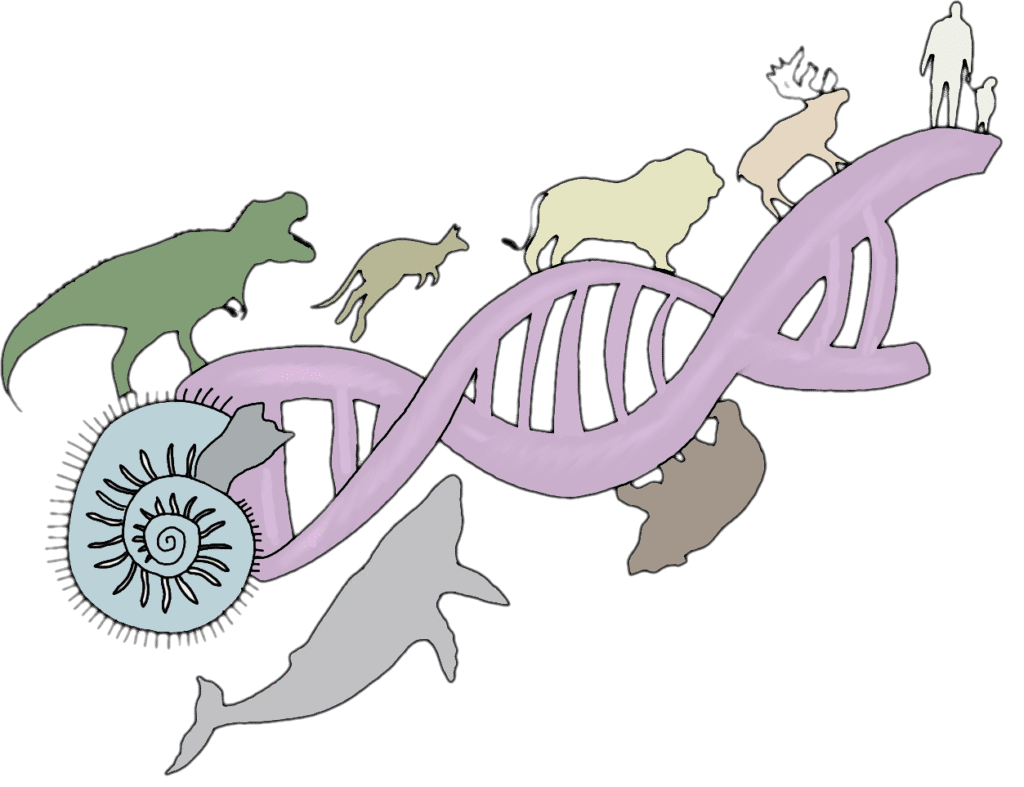
What is Natural Selection? (More Than Just a Catchphrase)
Natural selection is often summed up in five words: “survival of the fittest.” But that phrase, while catchy, barely scratches the surface. In truth, natural selection isn’t about strength or dominance, it’s about advantage. An advantage can be anything: better camouflage, sharper hearing, or even just being born at the right time. If that advantage helps an organism survive and reproduce, it can tip the balance of evolution in its favor.
Imagine a giant audition playing out in every ecosystem, every second of the day. The stage? Nature. The judges? The environment itself, weather, predators, disease, food availability, competition. And the criteria? Who can stay alive and leave behind the most copies of themselves.
But here’s the twist: there’s no script. No goal. Nature doesn’t “choose” anything. It simply filters. Traits that help survival and reproduction stick around. Those that don’t? Slowly vanish like footprints in the sand.
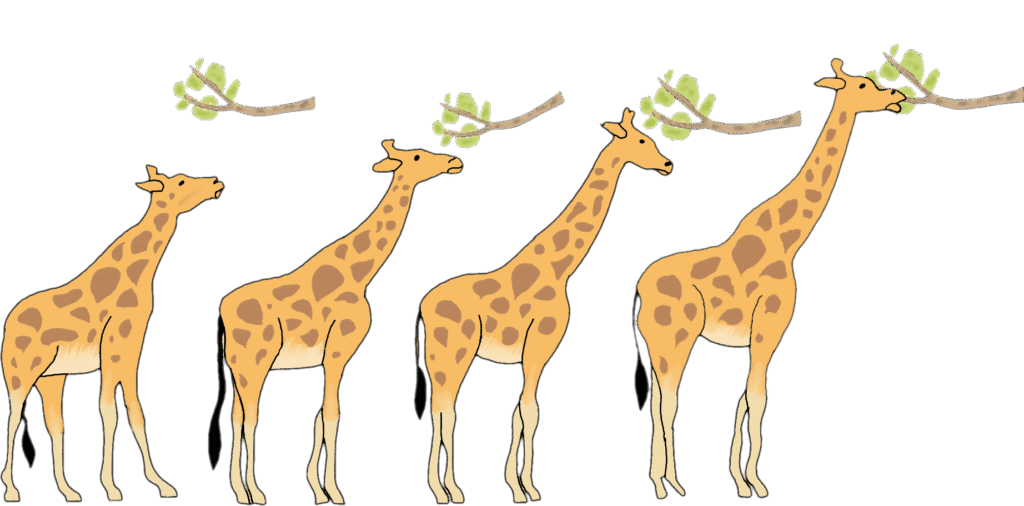
So, why is natural selection so important? Because it’s the engine behind evolution. It’s the process that turns random genetic changes into real-world adaptations. Without it, life would be a chaotic mess of mutations. With it, we get hummingbirds with needle-like beaks, polar bears with insulating fur, and humans with opposable thumbs and expanding brains.
Let’s now break it down further and meet the four ingredients that make this process possible.
The Four Key Ingredients of Natural Selection: Variation, Inheritance, Selection, and Time
Natural selection may sound like a magic trick, but it’s actually a recipe. Four essential ingredients work together to make it happen—remove any one of them, and the whole process falls apart.
Let’s take a look at the recipe card of evolution:
1. Variation
No two individuals are exactly alike, not even identical twins at the molecular level. In every population, there are small differences in traits like size, color, behavior, metabolism, and more. These differences are known as variations.
Think of it like a giant genetic lottery. Each newborn inherits a unique combination of traits. Some of these traits might offer a slight advantage, like being a bit faster, a little quieter, or more resistant to disease. Without variation, natural selection would have nothing to work with. Every organism would be a clone, and evolution would grind to a halt.
2. Inheritance
Variation on its own doesn’t matter unless it can be passed down. That’s where inheritance comes in. Through DNA, traits are transmitted from parents to offspring. If a helpful trait, like a stronger immune system, can’t be inherited, it dies with the individual. But if it can be passed on, it becomes part of the population’s evolutionary story.
Imagine nature as a long relay race. Inheritance is the baton, carrying traits from generation to generation.
3. Selection
Here’s where the magic happens. Certain traits give individuals a better chance of surviving and reproducing. Those individuals are more likely to pass their traits on to the next generation. Over time, those helpful traits become more common in the population.
Let’s say in a forest, some beetles are green and some are brown. If birds find green beetles easier to spot, brown beetles will survive longer and reproduce more. Over time, the forest might be full of brown beetles. That’s natural selection in action.
4. Time
Natural selection isn’t instant. It works slowly, across many generations. Tiny changes accumulate like drops in a bucket, and over time, they can create entirely new species. It’s like a sculptor working slowly, shaving off bits here and adding pieces there, except the artist is time itself, and the masterpiece is life.
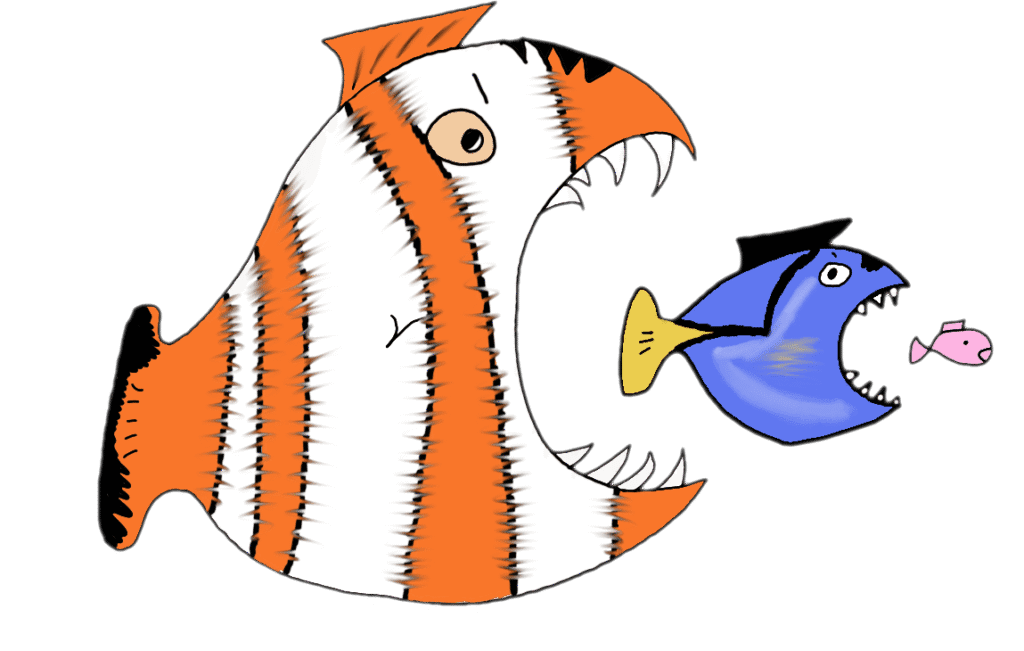
In summary:
Variation + Inheritance + Selection + Time = Natural Selection
This formula explains how single-celled organisms became whales, how dinosaurs became birds, and how primates became humans. It’s not magic. It’s biology.
How Does Variation Arise in a Population? (The Role of Mutation)
“From tiny mistakes to monumental differences.”
Variation is the heartbeat of evolution. Without it, every organism would be a carbon copy of the next, and natural selection would have no clay to mold. But where do these differences actually come from?
It All Starts with Mutation
At the root of all genetic variation is one surprising word: mutation. Yes, the same word that science fiction movies love to exaggerate. But in biology, mutation isn’t about growing wings or developing superpowers. It’s about tiny, random changes in your DNA, the molecular code that makes you you.
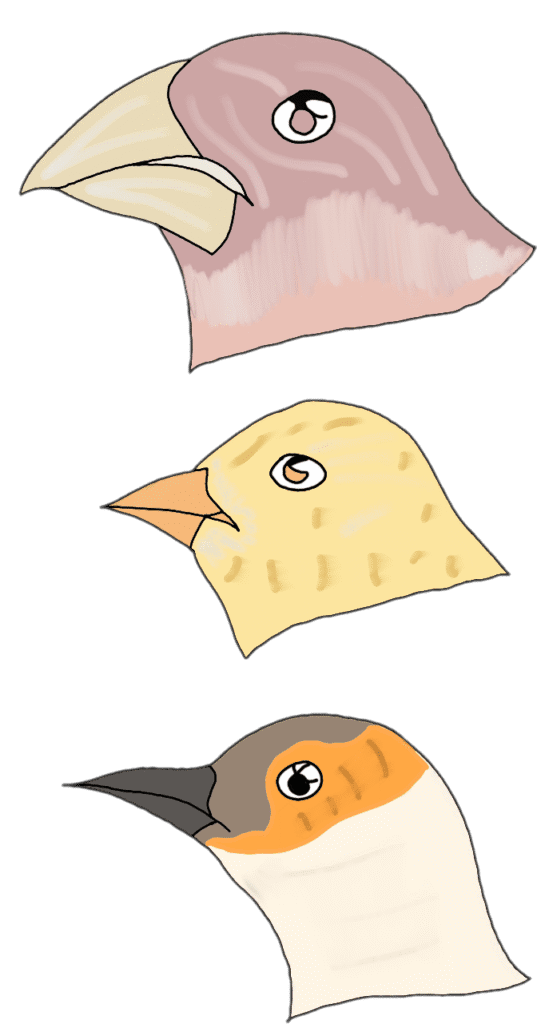
DNA is a long string of letters (A, T, C, G) that spell out the instructions for life. Every time a cell divides, it copies this code. But sometimes, just like a typo in a long book, a small error slips in. Maybe one letter gets switched, deleted, or inserted. This is a mutation.
Most mutations are neutral or even harmful. But once in a while, a mutation introduces a beneficial change, a slightly stronger shell, sharper vision, or better energy use. That small change can turn into a game-changer if it helps the organism survive and reproduce.
Other Sources of Variation
Besides mutation, variation also comes from:
- Genetic Recombination: During sexual reproduction, genes are shuffled and re-combined, producing offspring with unique mixes of traits.
- Gene Flow: Movement of genes between populations—like when animals from different regions mate—can introduce new traits.
- Environmental Influence: Sometimes, an organism’s appearance or behavior changes in response to its surroundings, which can affect survival and reproduction, even if the genes remain unchanged.
So next time you look at a field of flowers, a flock of birds, or even your own classmates—remember: every small difference you see is the product of variation. And variation is nature’s playground.
Inheritance: Passing Traits Down Through Generations
“Nature’s way of leaving a breadcrumb trail through time.”
Once variation appears, it’s only useful to evolution if it can be passed on. That’s where inheritance steps in, the biological post office that delivers traits from parent to offspring.
Every organism inherits a set of instructions in the form of genes, segments of DNA that carry information for building proteins and shaping traits, from eye color to enzyme efficiency. When you were conceived, you received one set of genes from your mother and one from your father. Together, they made up your unique genetic fingerprint.
Let’s make this clearer with an example:Imagine a population of rabbits living in snowy terrain. Some have white fur, while others are gray. If white fur helps them hide better from predators, those rabbits are more likely to survive and reproduce. Their offspring, thanks to inheritance.
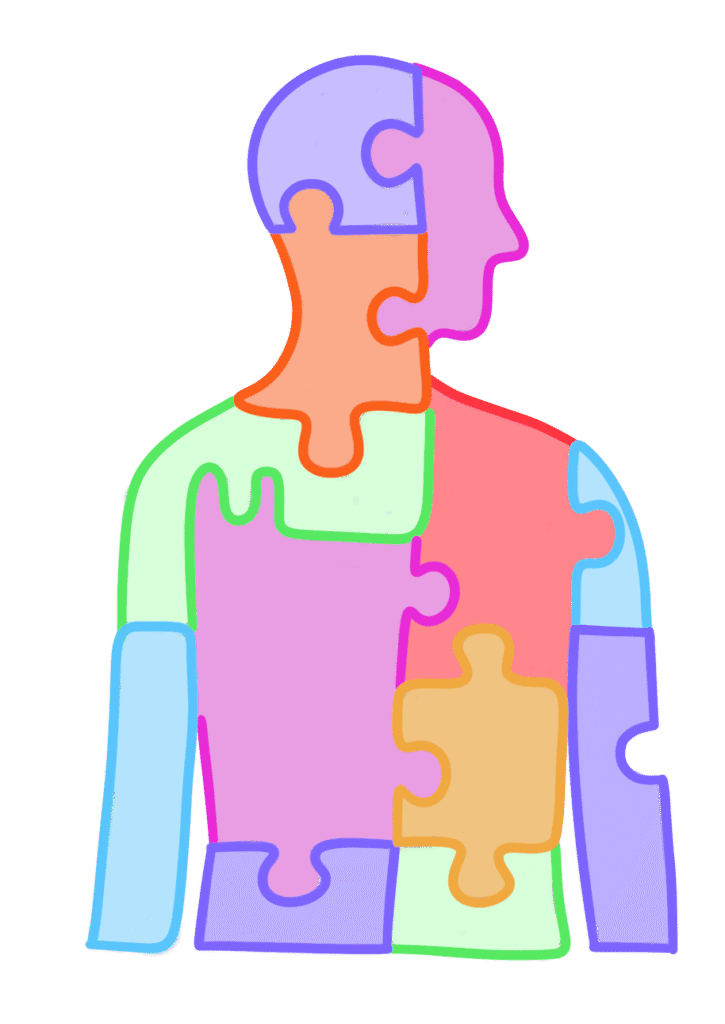
This cycle repeats:
- Advantageous trait appears (white fur).
- Organism survives and reproduces.
- Trait is passed to offspring.
- Trait becomes more common in the population.
But inheritance isn’t just black-and-white. Many traits are influenced by multiple genes, and environmental factors can shape how genes are expressed. This is why even siblings can look or act so different—same parents, but a different genetic roll of the dice.
And thanks to new science, we now know that:
- Some traits skip generations.
- Some genes turn on or off based on the environment (epigenetics).
- Not all inherited changes are in the DNA sequence itself—some are in how the DNA is “read.”
So, inheritance isn’t just the passing of traits. It’s the passing of potential. Each generation carries echoes of its ancestors, ready to adapt, evolve, and respond to the changing world.
Differential Survival and Reproduction: The Engine of Natural Selection
“In nature’s race, not everyone crosses the finish line.”
Now that we understand where variation comes from and how it’s passed down, it’s time to uncover the real magic: differential survival and reproduction—the pulse of natural selection.
Imagine a vast savanna where gazelles roam. Some can run slightly faster than others. When predators attack, who’s more likely to survive? The faster ones. And guess what? They’re more likely to live long enough to reproduce and pass on those speedy genes.
This is differential survival—some individuals, because of their traits, survive better in their environment.
But surviving isn’t enough. The real prize is reproduction. If a bird sings a sweeter song and attracts more mates, it may pass on its genes more than others. That’s differential reproduction.
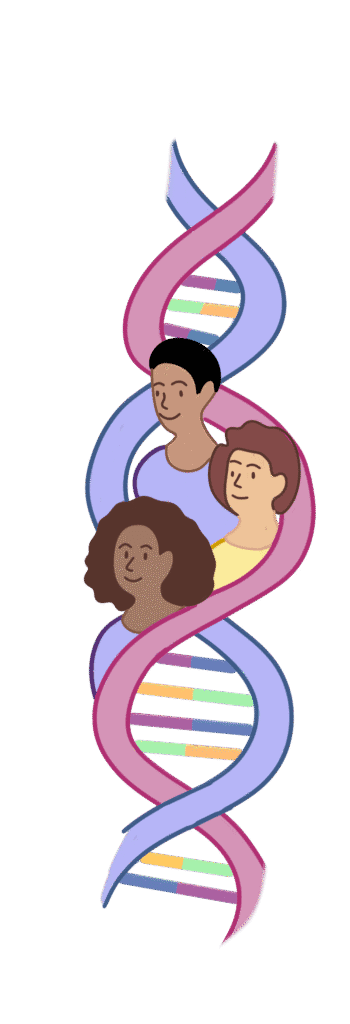
Over time, what happens?
- Advantageous traits become more common.
- Less helpful traits are weeded out.
- The population evolves—slowly shifting toward traits that increase survival and reproductive success.
It’s like nature is a grand filter. Every generation, traits are tested. Some pass through. Others don’t. But here’s the key: it’s not about perfection, it’s about being just good enough to make it to the next round.
Take antibiotic resistance. In a population of bacteria, a few may have random mutations that help them survive a dose of antibiotics. The others die, but the resistant ones reproduce. Soon, the population is dominated by bacteria that can’t be killed by the same drug. That’s evolution in fast-forward.
This process doesn’t need thousands of years, it’s always happening, all around us, in insects, birds, bacteria, and yes, even humans.
Natural Selection is Not Random: How Selection Acts on Variation
“Chance creates the cards. Nature plays the hand.”
A common misunderstanding about evolution is that it’s all just random, as if nature is throwing darts in the dark. But that’s only partly true. Here’s the secret: mutation is random. Selection is not. Let’s break it down.
Yes, the mutations that create variation occur by chance. A gene might change due to radiation, copying errors, or chemicals. It’s like drawing random cards from a deck.
But once those variations exist, natural selection is the opposite of random. Nature carefully tests each trait against the environment. Those that help survival and reproduction spread. Those that don’t fade away. Think of it like this:
- Mutation = Nature rolling the dice 🎲
- Natural selection = Nature choosing the best roll 🧠
This is what makes evolution such a powerful force. It doesn’t rely on luck alone, it constantly refines, filters, and sharpens traits, generation after generation. 📚 A few clarifying points:
- Not all traits are selected for. Some are just carried along.
- Some traits are neutral and don’t affect survival.
- Natural selection can’t anticipate the future, it works with what’s already there, not what might be useful someday.
This process can lead to incredible adaptations, the long neck of a giraffe, the camouflage of a cuttlefish, or the echolocation of bats. Each one sculpted, slowly and patiently, by selection acting on random variation.
So no, evolution isn’t a lottery. It’s more like a game of survival where the rules constantly shift, but the best strategies slowly rise to the top.
Special thanks to Eve for her incredible sketches that bring our articles to life!
We got inspired by those articles to create this content


My name is Ali Emre Cabadak, a dedicated biology enthusiast currently pursuing my studies at Marmara University, where I am majoring in Bioengineering. As a passionate advocate for scientific discovery and innovation, I am the founder of Biologyto. My goal is to bring the wonders of biology closer to everyone and inspire a new generation of thinkers and innovators. Through Biologyto, I aim to write scientific articles that delve into the fascinating world of biology, sharing insights and discoveries that inspire curiosity and innovation.



